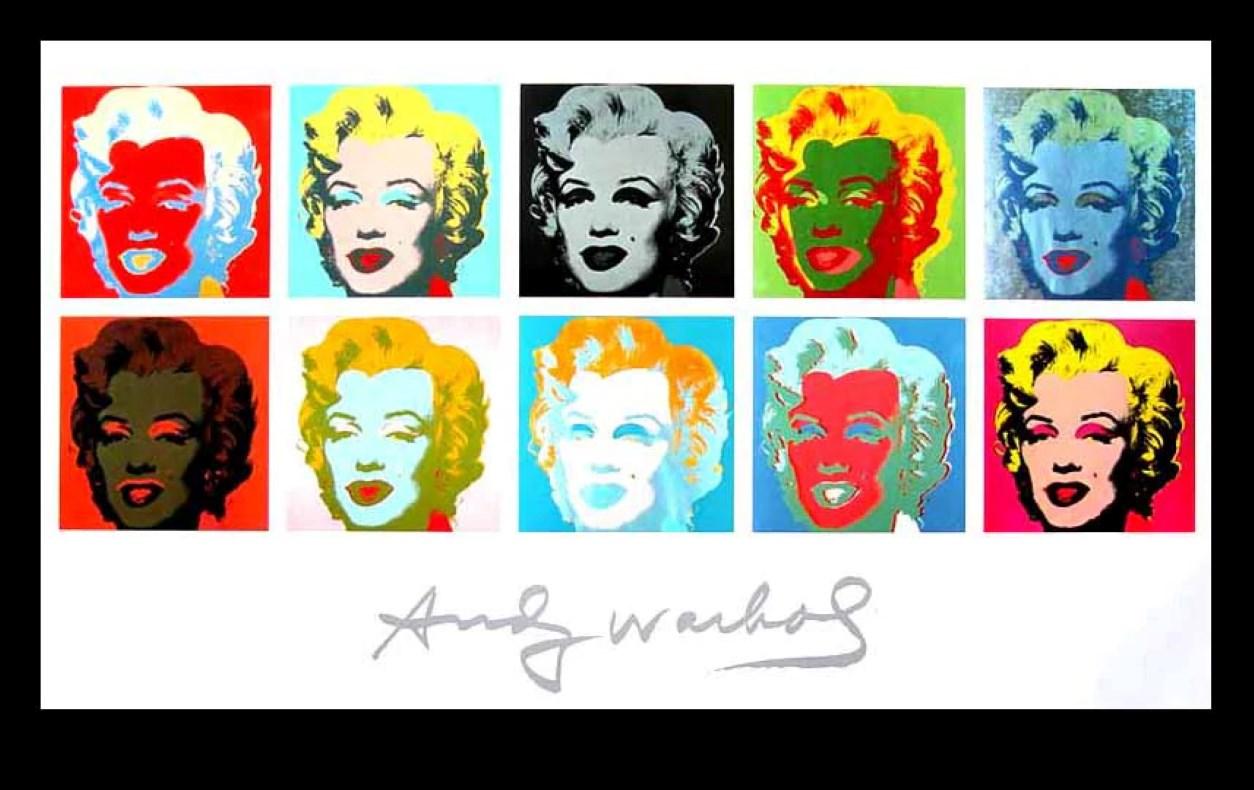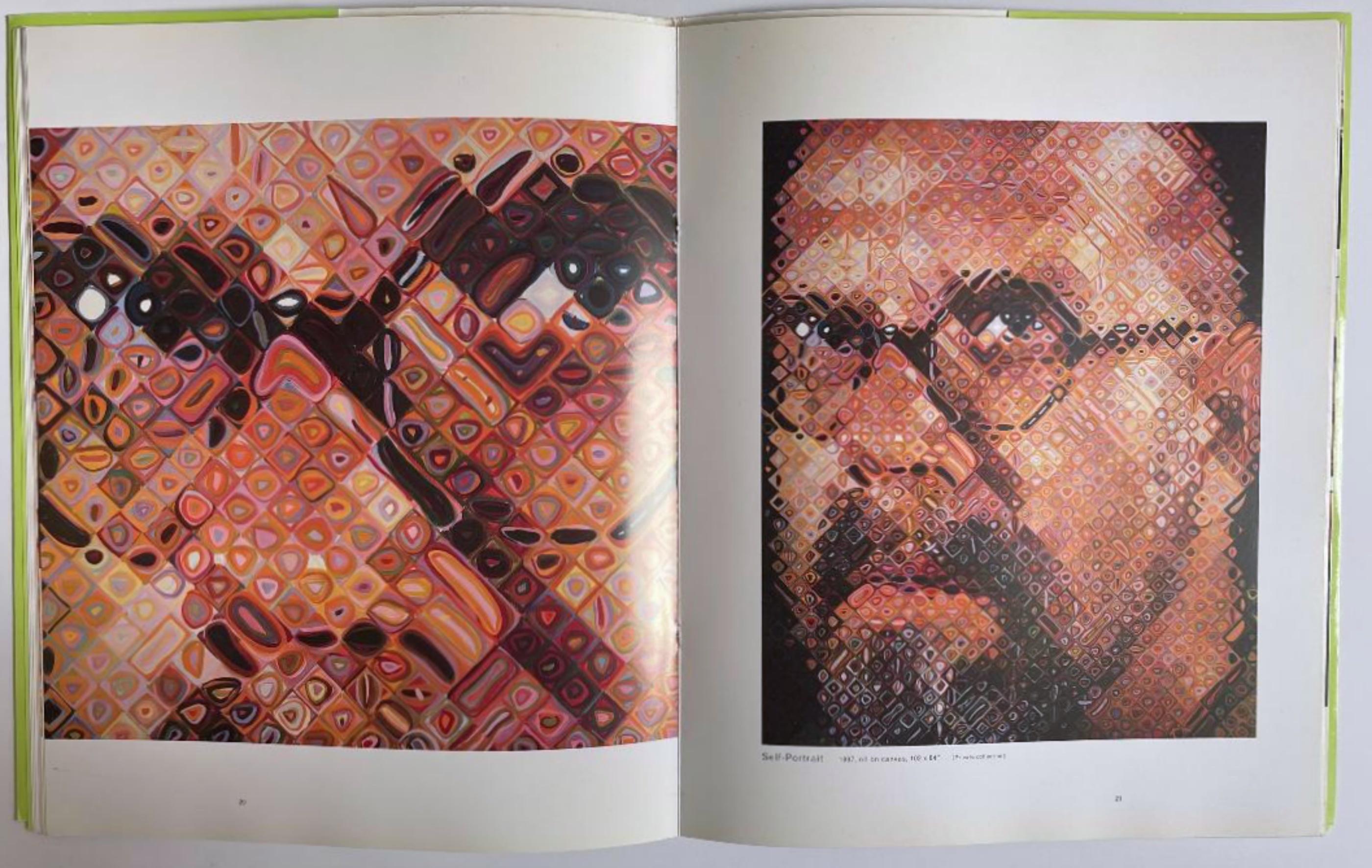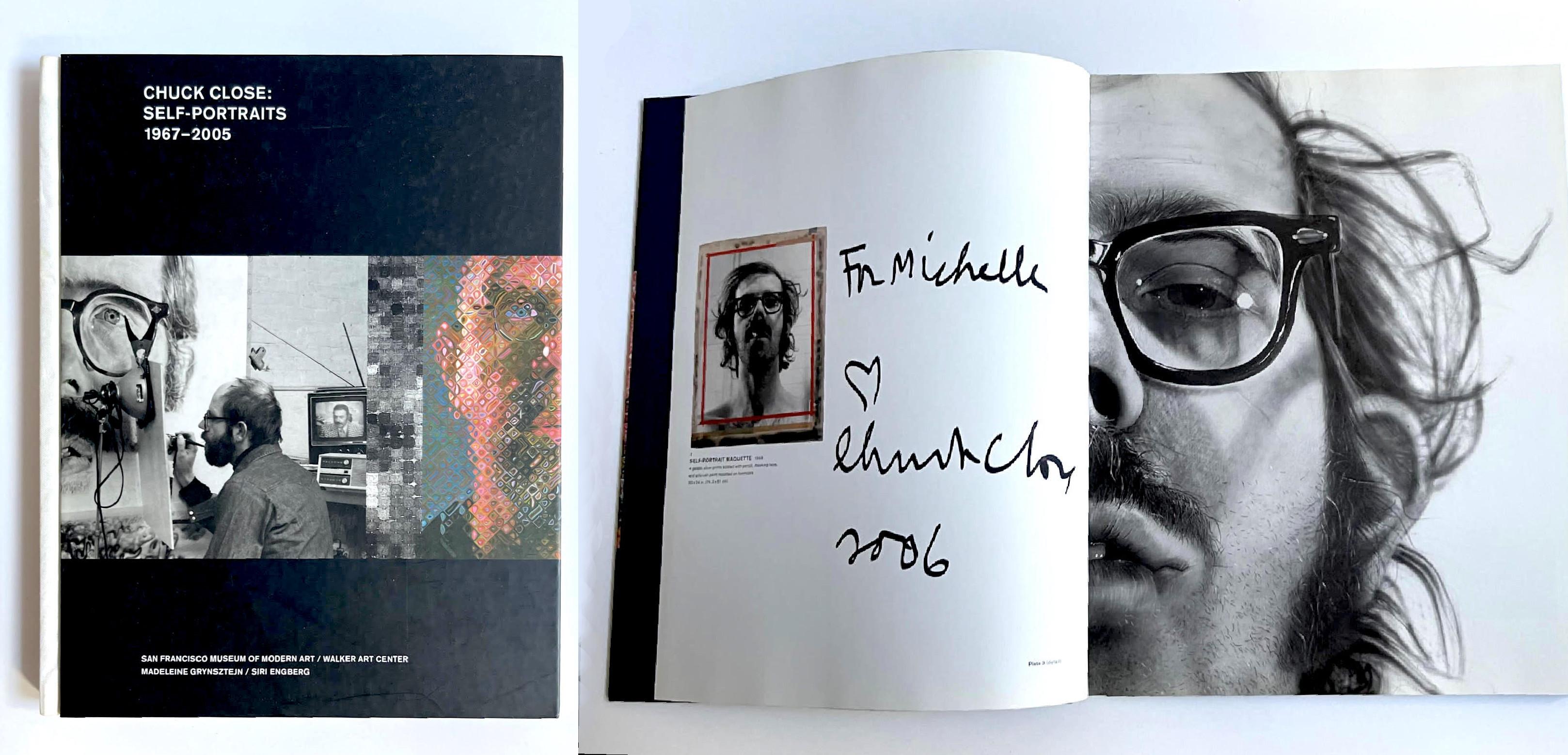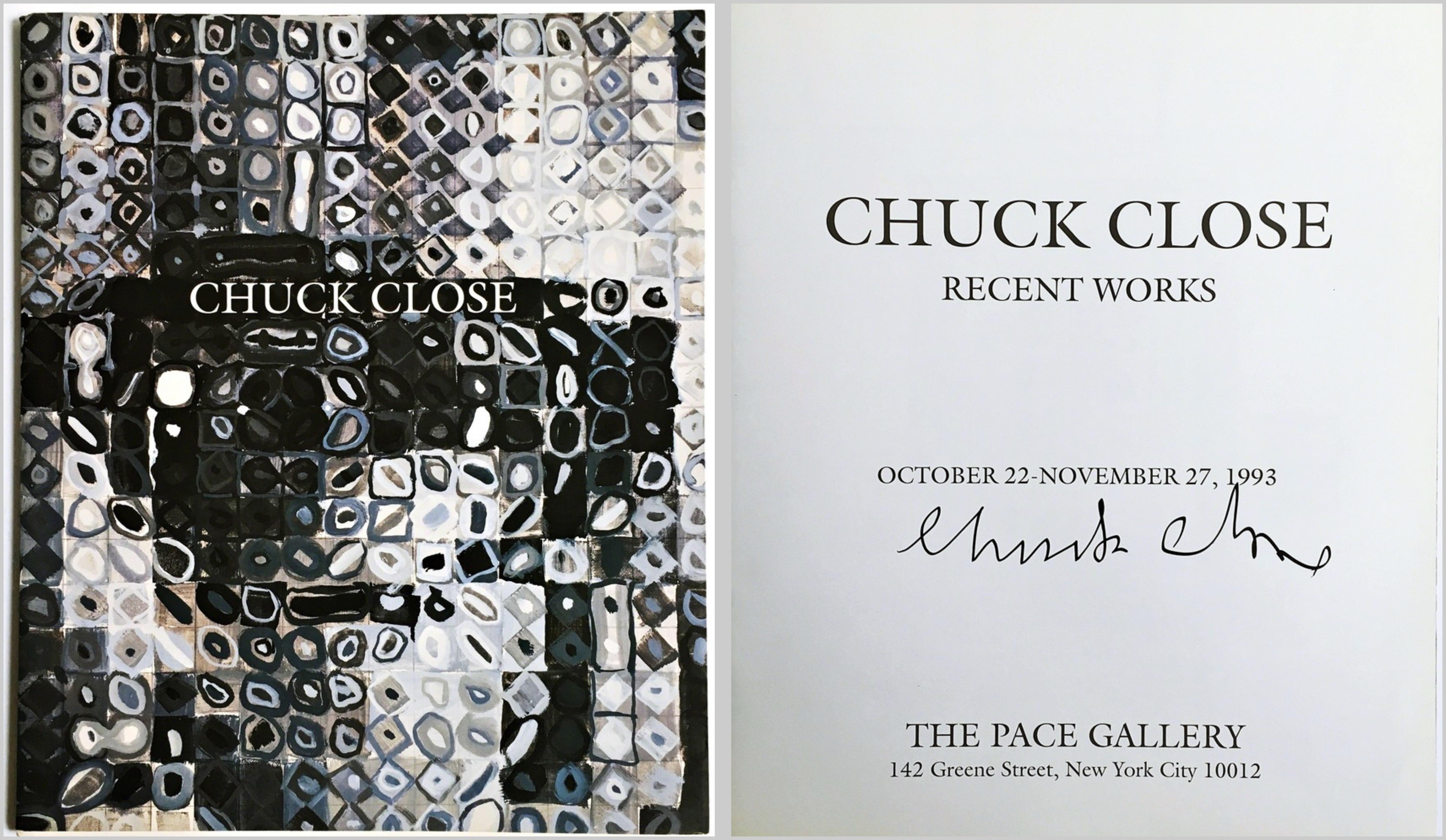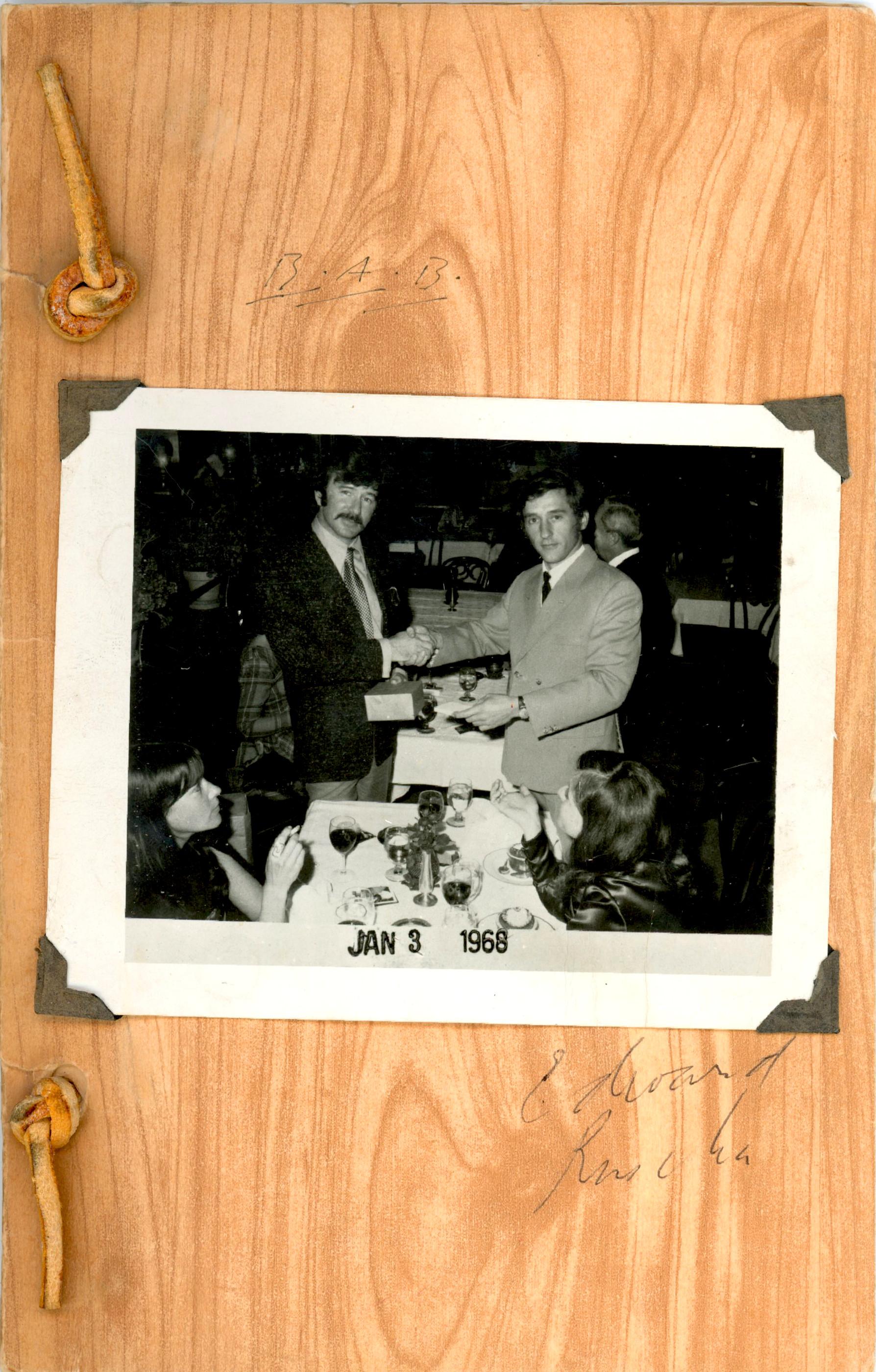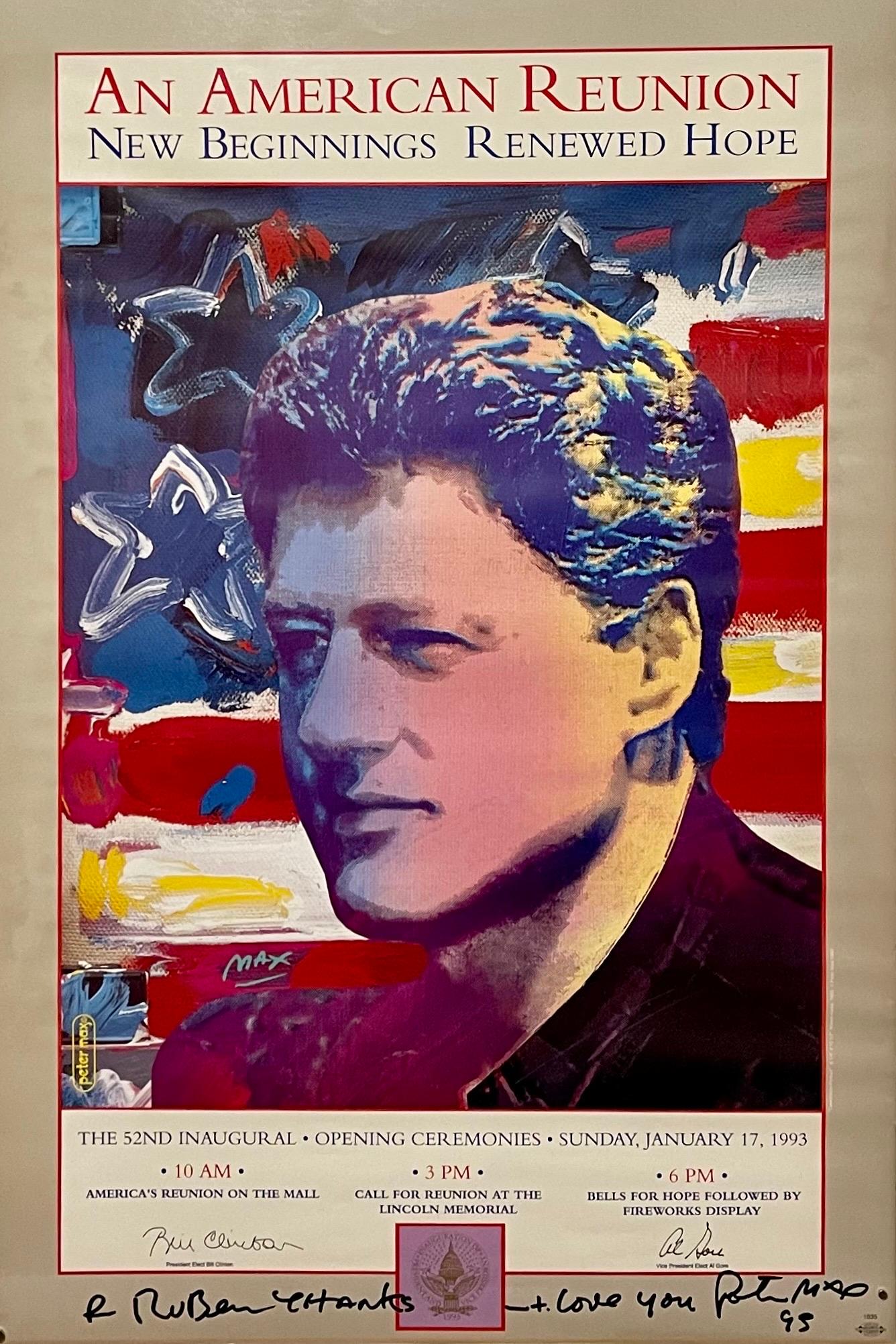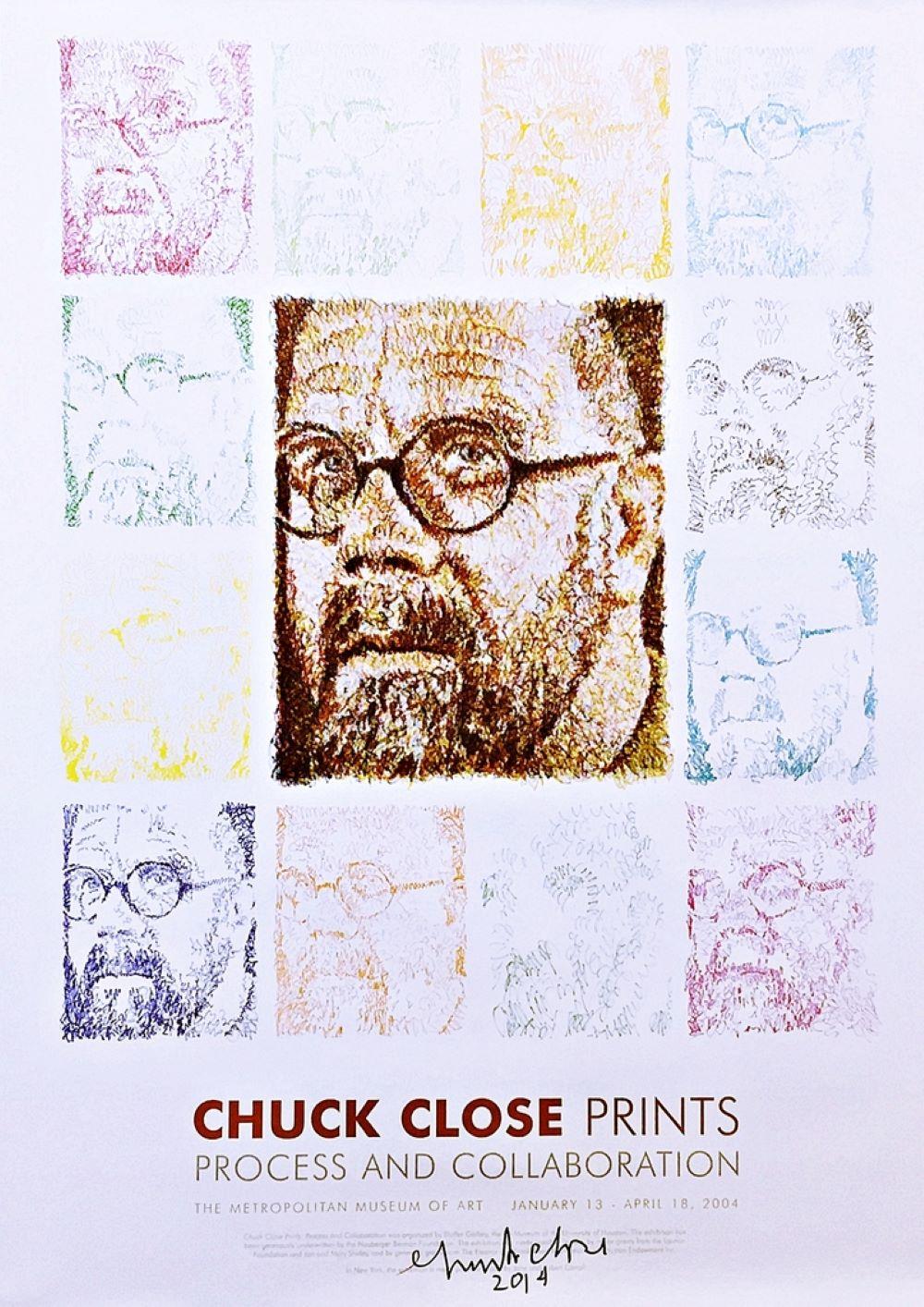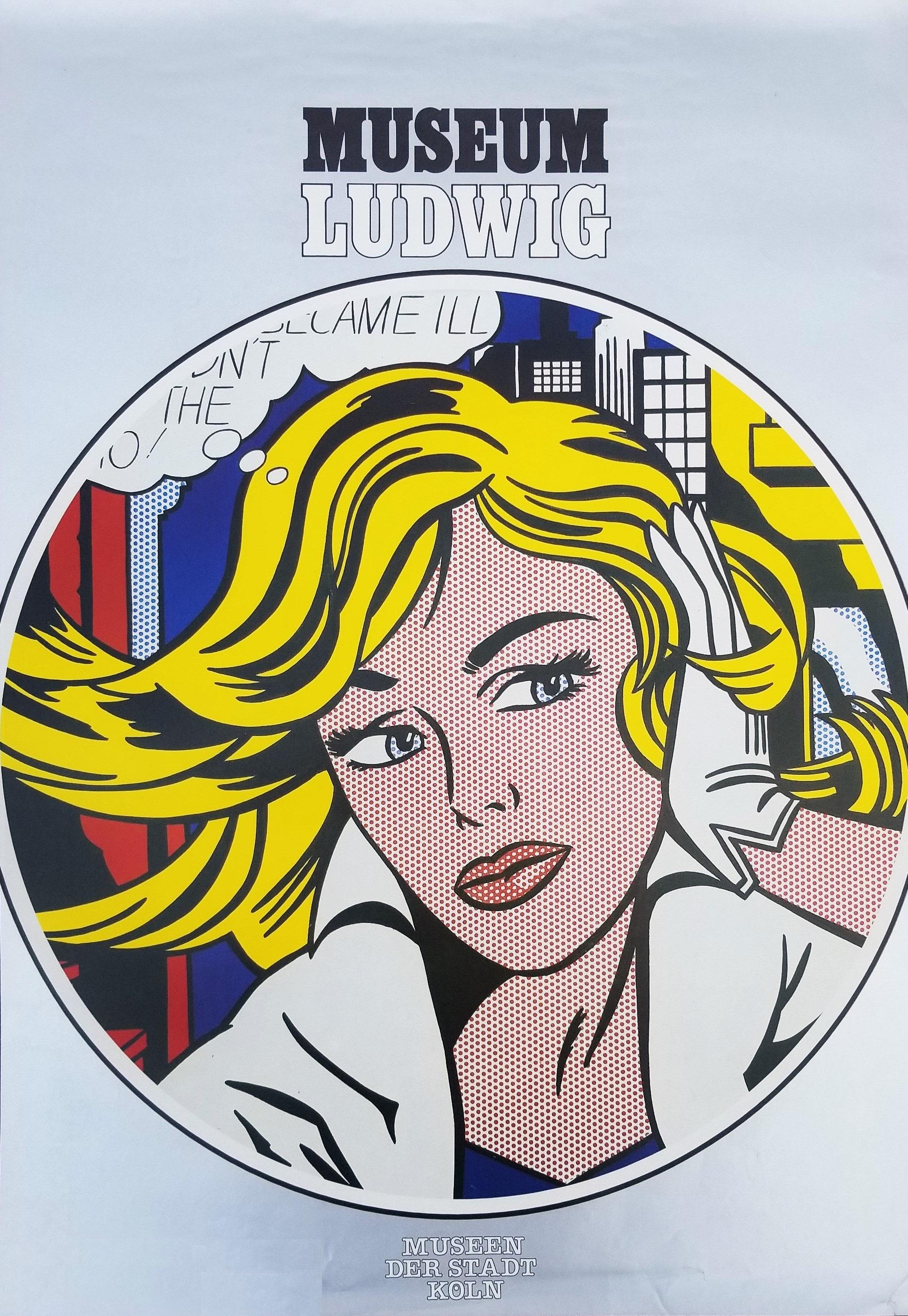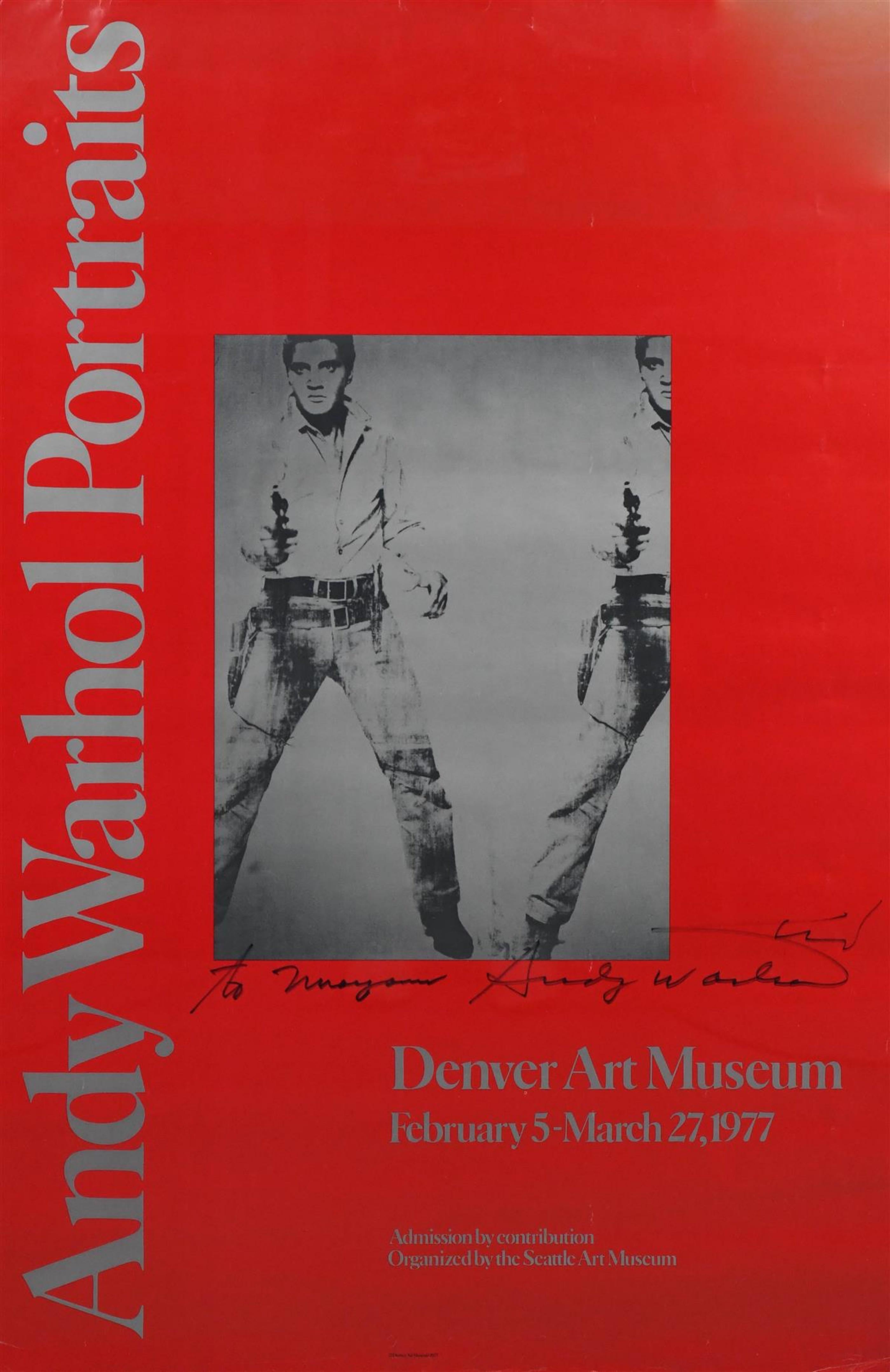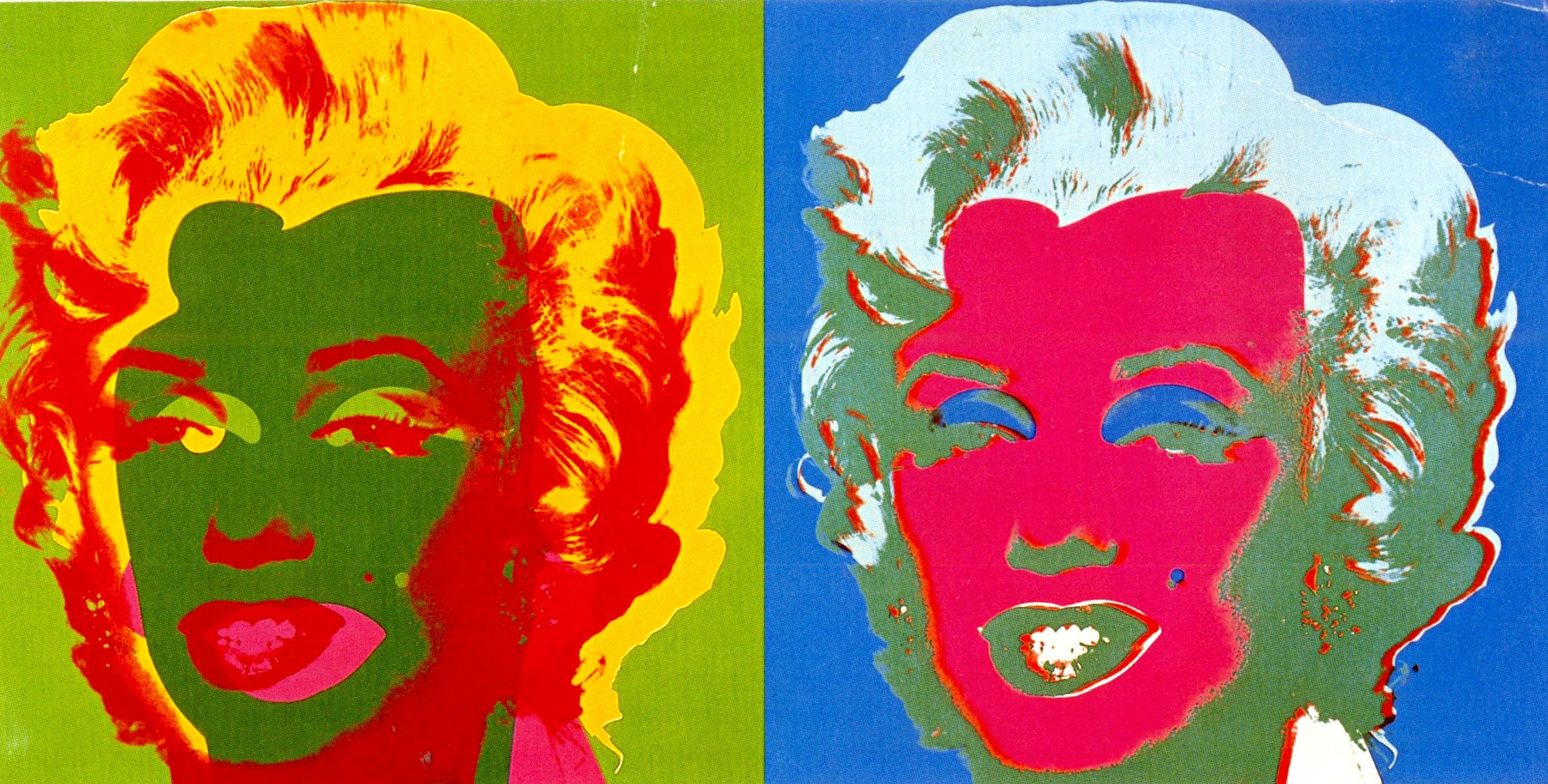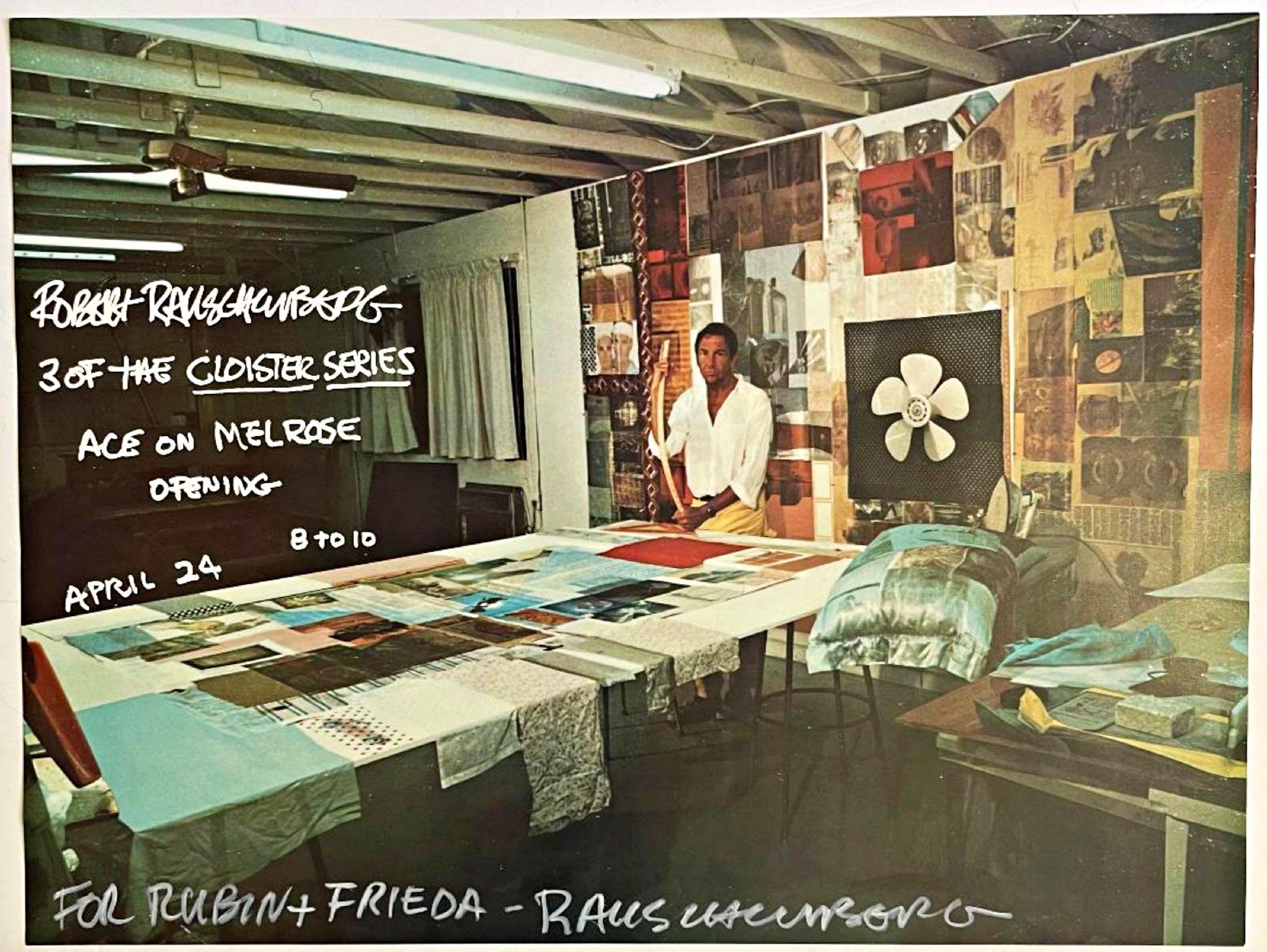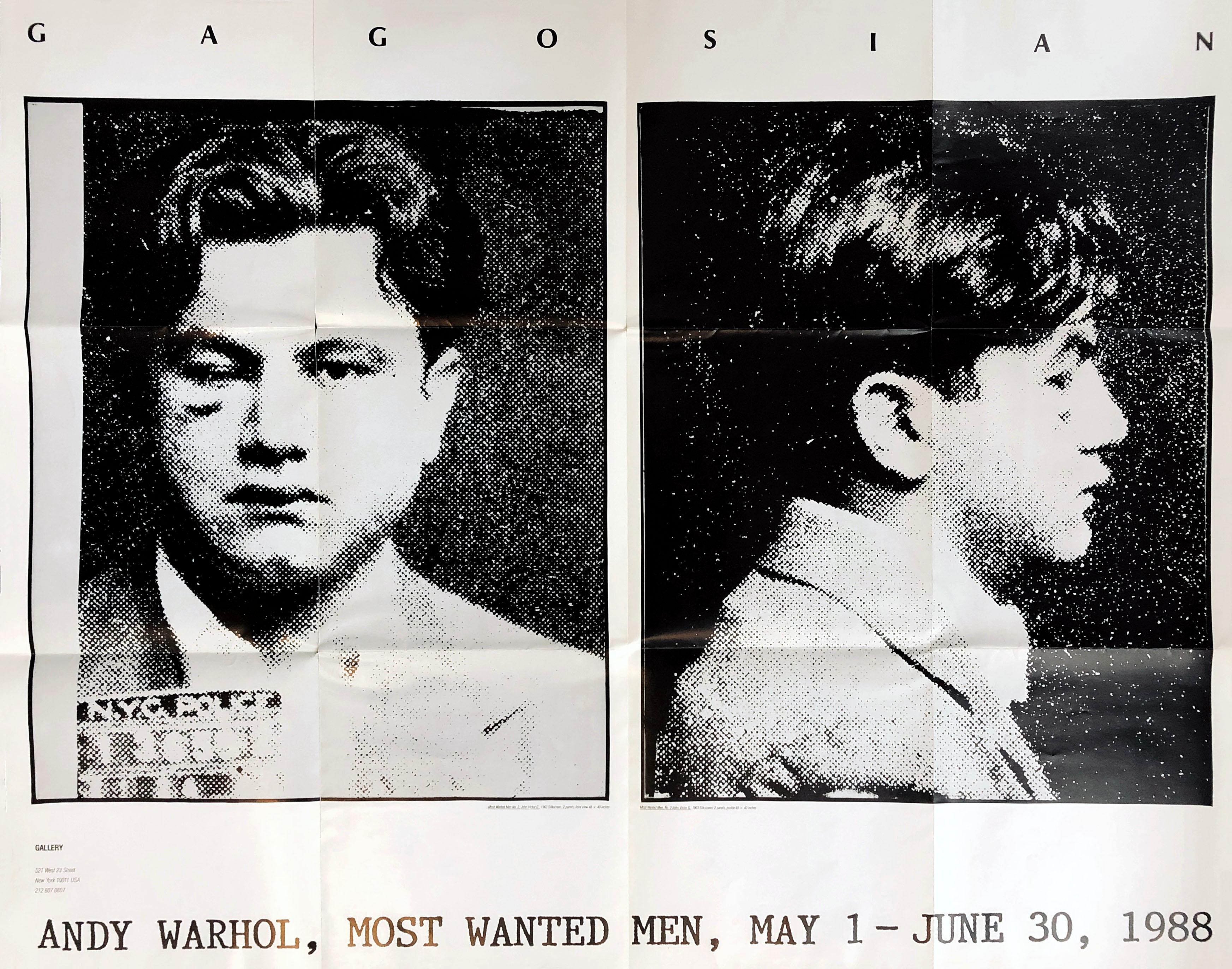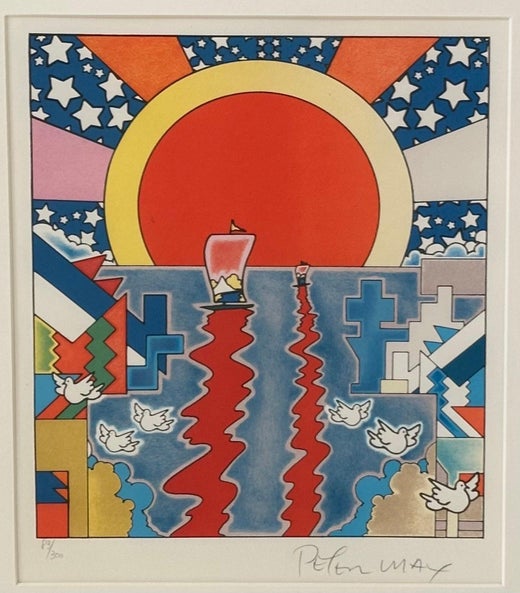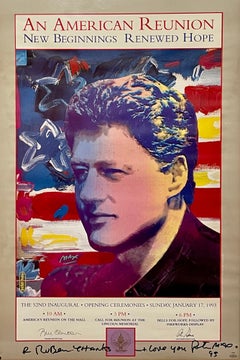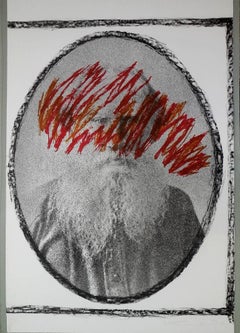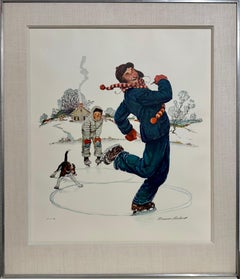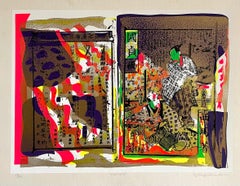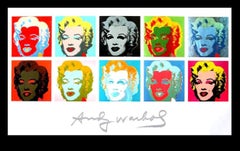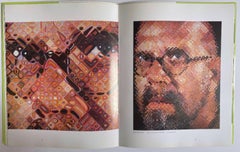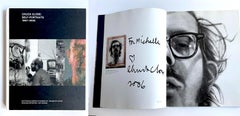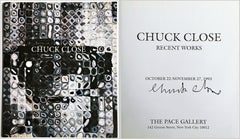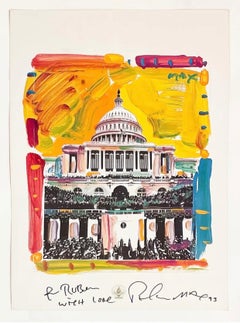
Vintage Poster Clinton Capitol Building Pop Art Hand Signed Peter Max Lithograph
View Similar Items
Peter MaxVintage Poster Clinton Capitol Building Pop Art Hand Signed Peter Max Lithograph1993
1993
About the Item
- Creator:Peter Max (1937, American, German)
- Creation Year:1993
- Dimensions:Height: 36 in (91.44 cm)Width: 24 in (60.96 cm)
- Medium:
- Movement & Style:
- Period:
- Condition:minor wear . please see photos.
- Gallery Location:Surfside, FL
- Reference Number:1stDibs: LU38210219272
Peter Max
Born Peter Max Finkelstein in Berlin in 1937, psychedelic Pop art icon Peter Max spent the first part of his childhood in Shanghai after his parents emigrated from Germany to flee the Nazis. While there, Max developed his deep interest in American pop culture — namely comic books, jazz and cinema. Max’s paintings, graphic design, prints and illustrations, which were inspired by these interests, were also informed by his experience with synesthesia, a sensory condition that causes him to see music and hear color.
After relocating to Haifa, Israel, then Paris, where he spent a significant amount of time in sketching classes at the Louvre, a teenage Max and his family finally moved to the United States, settling in Brooklyn. Max enrolled in the Art Students League of New York in 1956, training under Frank J. Reilly, and then the School of Visual Arts. Throughout art school, Max focused on photorealism, but he found the style too restrictive. When he graduated and opened his graphic design studio with friends in 1962, he began experimenting with abstraction and color — just in time for the psychedelic era.
The technicolor works for which Max would become known are characterized by big and bold graphic qualities — not dissimilar to what you’d find in his beloved comic books. Some deeper themes emerged across his work too: Max spent a good portion of the 1960s and 1970s creating his signature cosmic style, inspired by his fascination with astronomy and Eastern philosophies.
For Max and his partners, the graphic design business was highly successful, with commissions rolling in from advertising agencies, magazines and even Hollywood in the form of movie posters. The artist was featured on the cover of Life in 1969, and by the 1970s, he was practically a household name.
Max's body of work extended into product design, including a line of clocks for General Electric, while his domination of the commercial art scene continued for decades. He was commissioned to paint a postage stamp honoring the World’s Fair of 1974 (Expo ‘74); a Statue of Liberty series in which some proceeds went on to fund the statue’s restoration; posters and other advertising materials for major events like the Super Bowl, the U.S. Open and the Grammys; a Dale Earnhardt race car; and even the hull of the Norwegian Breakaway cruise ship.
Commercial activities aside, Max has long been the subject of many museum exhibitions, from his first solo show in 1970, “The World of Peter Max,” at the M.H. de Young Memorial Museum in San Francisco to 2016's “Peter Max: 50 Years of Cosmic Dreaming” at the Tampa Museum of Art in Florida. Today, his work belongs to the collections of the Museum of Modern Art in New York, the Philadelphia Museum of Art and other institutions.
Find original Peter Max lithographs, paintings, signed art and other works for sale on 1stDibs.
More From This Seller
View All1990s Pop Art Portrait Prints
Lithograph, Offset
1980s Pop Art Portrait Prints
Lithograph
1970s American Realist Figurative Prints
Lithograph, Offset
1960s Pop Art Abstract Prints
Screen
1960s Pop Art Abstract Prints
Screen
20th Century Modern Figurative Prints
Offset
You May Also Like
1990s Pop Art Portrait Prints
Lithograph, Offset, Screen
Early 2000s Pop Art More Art
Ink, Offset, Lithograph
Early 2000s Pop Art More Art
Mixed Media, Permanent Marker, Lithograph, Offset
1990s Pop Art Portrait Prints
Offset, Ink, Lithograph, Mixed Media
1960s Pop Art Portrait Prints
Leather, Paper, Ink, Mixed Media, Lithograph, Offset, Silver Gelatin
Early 2000s Pop Art Figurative Prints
Permanent Marker, Lithograph, Offset
